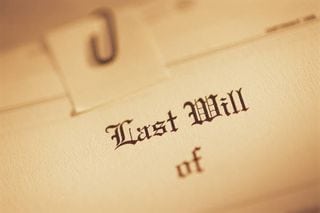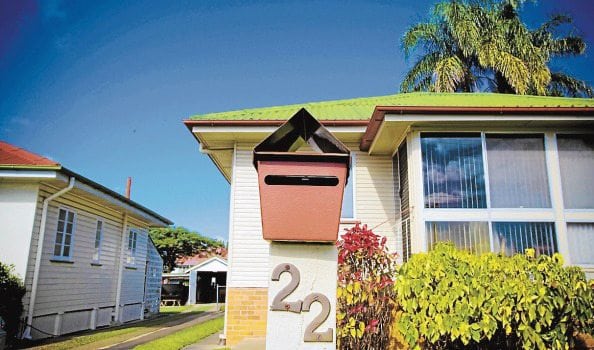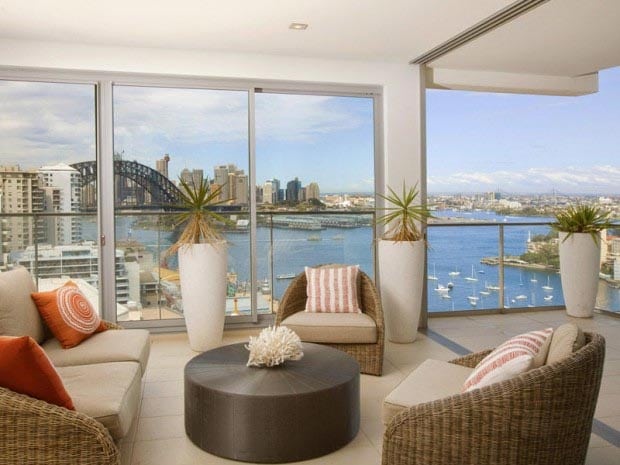Property bubble debate heats up
/in Property /by Always FinancialPublic officials’ concerns of a property bubble in Sydney and Melbourne are spreading uncertainty amongst those thinking about increasing their exposure, but are not dissuading Chinese investors.
Treasury secretary John Fraser was the last public official to warn about fast rising house prices: “When you look at the housing price bubble evidence, it’s unequivocally the case in Sydney,” he told a Senate committee, and added that this was “certainly the case in higher priced areas in Melbourne.”
Fraser joined the Australian Prudential Regulation Authority (APRA), which recently reviewed bank lending standards for property investors and last December warned lenders not to increase investor loans by more than 10% a year.
But the precautions are still a long way from the measures taken by the New Zealand government, which has put in place severe measures to cool house prices in Auckland, including a 33% tax on properties bought or sold in the city within two years.
Speaking about APRA’s measures to tighten lending, Property Investment Professionals of Australia (PIPA) chief executive Ben Kingsley said: “We recognise that marketplaces like Sydney and Melbourne are posing concerns, as new and existing investors are potentially speculating in trying to capitalise on boom conditions.
“However, there are plenty of other property markets in Australia and these measures are an unfair imposition on investors who want to invest in other parts of our country.”
At the same time, a Credit Suisse report highlighted the difficulties of cooling down the Australian property market, as Chinese buyers are expected to invest as much as $60 billion into the sector until 2020.
Only during the last financial year, Chinese citizens bought close to $9 billion worth of Australian property, 60% more than the previous year.
They were buying mostly in Sydney and Melbourne, where Chinese demand accounted for 23% and 20% of the new supply, the report said.
Lombard Street Research attributed Chinese interest in the Australian market to the falling Australian dollar: “The currency angle is often underestimated.”
The local currency has depreciated 20% relative to the Renminbi over the last year and almost 50% since the resources cycle peaked in 2011.
This “has rendered Australian real assets increasingly attractive to Chinese yield.”
[via Financial Standard]
Beware over paying for assets
/in Financial, Investment, Property /by George Sovechles The Australian economy is facing a number of head wins as we enter 2015 and therefore is expected to grow below long term averages. Whilst consumer spending is improving and residential construction and prices are rising, consumer confidence remains weak. Business confidence and investment is also weak.
The Australian economy is facing a number of head wins as we enter 2015 and therefore is expected to grow below long term averages. Whilst consumer spending is improving and residential construction and prices are rising, consumer confidence remains weak. Business confidence and investment is also weak.
Australian bond yields have fallen to historical lows. The RBA cut the cash rate by 25 basis points to 2.25% in February concluding that growth is continuing at a below trend pace, with domestic demand growth overall point weak. The financial markets are expecting the RBA to make further cuts to interest rates in the coming months.
As a result, investors seeking yield will continue to reallocate from cash and term deposits into higher yielding assets, including real estate. Demand for both residential and non-residential assets should continue and competition for both income generating and development assets will remain high.
According to the PCA/IPD Property Index, non-residential property has generated a total annual return of 10.6% in 2014, and Folkestone expects a similar return in 2015 as investor demand continues to underpin capital values.
Investors need to be cognisant that they do not overpay for assets in a market being driven by capital hunting for yield. The market runs the risk that if the disconnect between capital market and real estate market fundamentals widens, the price some investors pay for assets may overshoot the underlying fundamentals.
In the residential sector, the housing boom has not been uniform across Australia. Whilst Sydney has been the stand out performer with prices up 13% in the year to January 2015, price growth across the rest of Australia’s major cities was between -0.3% in Canberra and 7.0% in Melbourne.
There is no doubt the Sydney median house price has risen to levels that make it difficult for first home buyers to enter the market, but we should remember that the average annual growth in Sydney house prices has only risen by an average of 4.5% per annum over the past 10 years. Sydney is now paying for a gross undersupply of accommodation as a result of poor government planning and high government levies which have restricted the release of land and pushed up land prices.
Low interest rates are certainly driving the investor market, with investors taking over owner occupiers as the largest borrowers of finance in the December quarter. We expect investors will continue to invest in the residential sector in 2015 but in doing so, they need to ensure that they do their homework. There are certain markets such as inner Melbourne and inner Brisbane where an oversupply is looming.
The recent APRA announcement around investment lending may go some way to restricting the availability of finance to investors. Overall we are expecting another solid year of housing market conditions and further capital gains, albeit at a more sustainable rate than we have seen over 2014.
— via the FINANCIAL STANDARD, Mar 30
Home buyers accessing super “a thoroughly bad idea” : Turnbull
/in Financial, Investment, Property, Retirement /by George Sovechles How to solve a problem like TPD?June 15, 2017 - 4:02 pm
How to solve a problem like TPD?June 15, 2017 - 4:02 pm Platinum backs Internet stocks and Asian infrastructureJanuary 27, 2015 - 8:56 am
Platinum backs Internet stocks and Asian infrastructureJanuary 27, 2015 - 8:56 am More Australians to invest in ChinaJanuary 27, 2015 - 8:57 am
More Australians to invest in ChinaJanuary 27, 2015 - 8:57 am AMP posts 32% increase in profitFebruary 23, 2015 - 1:12 pm
AMP posts 32% increase in profitFebruary 23, 2015 - 1:12 pm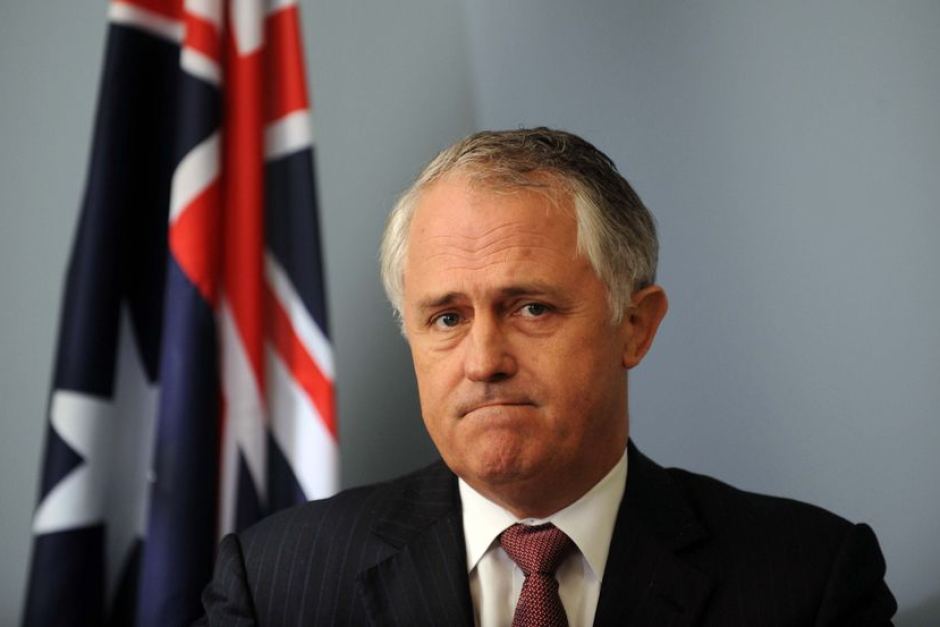 Home buyers accessing super “a thoroughly bad idea”...March 23, 2015 - 1:29 pm
Home buyers accessing super “a thoroughly bad idea”...March 23, 2015 - 1:29 pm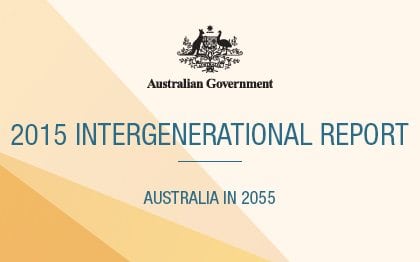 Economic growth to slow significantlyMarch 28, 2015 - 1:51 pm
Economic growth to slow significantlyMarch 28, 2015 - 1:51 pm
 How to solve a problem like TPD?June 15, 2017 - 4:02 pm
How to solve a problem like TPD?June 15, 2017 - 4:02 pm ETP demand grows, fees stableJune 15, 2017 - 2:15 pm
ETP demand grows, fees stableJune 15, 2017 - 2:15 pm AMP modifies insurance offeringJune 14, 2017 - 1:20 pm
AMP modifies insurance offeringJune 14, 2017 - 1:20 pm Education key in combating elder financial abuseJune 13, 2017 - 12:51 pm
Education key in combating elder financial abuseJune 13, 2017 - 12:51 pm Value of advice still unclear: IOOFJune 12, 2017 - 11:51 am
Value of advice still unclear: IOOFJune 12, 2017 - 11:51 am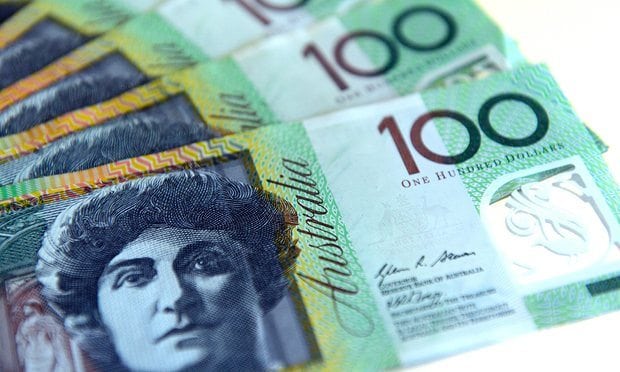 Super funds return 2.9%November 28, 2016 - 11:34 am
Super funds return 2.9%November 28, 2016 - 11:34 am
Client Portal
Level 2
496 Hunter Street
Newcastle, NSW, 2300
PO Box 364
Newcastle, NSW, 2300
Financial Services & Credit Guide
Privacy Policy

ACN 101 927 413
trading as Loyalty Financial Services
ABN 93 276 492 792
Australia Financial Services License 227096

